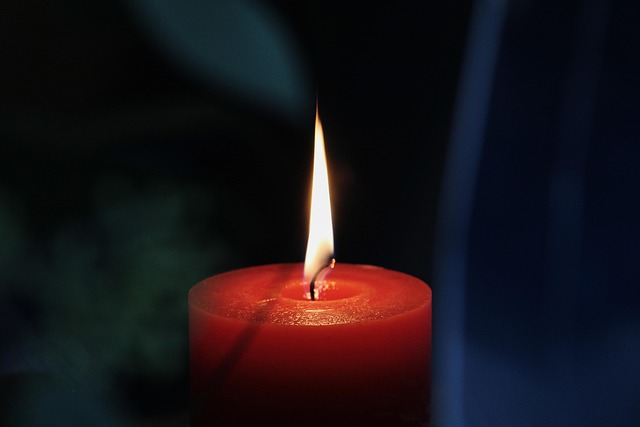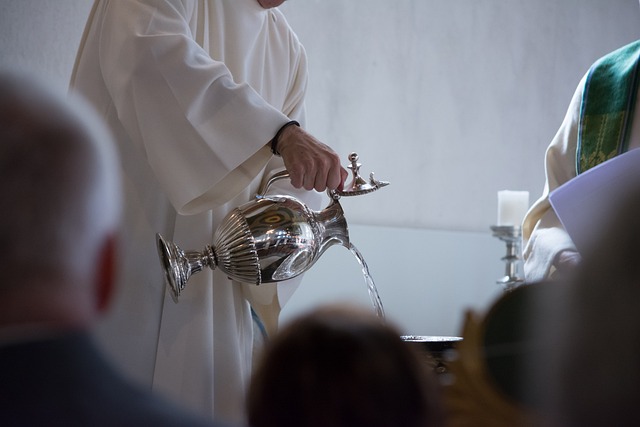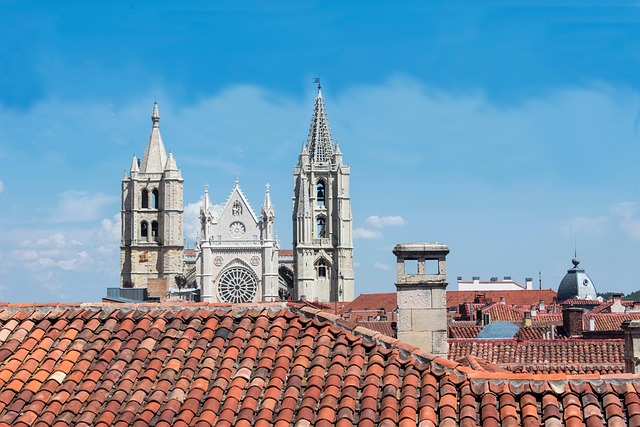The Candle Dance is more than a simple lit ritual; it is a living thread that connects humanity’s oldest traditions with the personal prayers of the present. In its flicker, people find a shared rhythm that invites reflection, community, and a quiet reverence for the unseen forces that guide everyday life. By arranging candles in deliberate patterns and then moving them through a choreographed sequence, participants weave together symbols of hope, gratitude, and transformation. The practice is found in churches, temples, and family homes across continents, each adaptation adding layers of meaning while preserving the core of sacred illumination.
Historical Roots of the Candle Dance
Historical records point to the candle’s first use as a simple source of light in ancient Egyptian temples, where wax from bees or animal fats illuminated stone halls. By the Middle Ages, illuminated manuscripts and illuminated churches introduced the idea of candles as a conduit between the earthly and divine. The term “candle dance” itself entered popular language during the Renaissance, when illuminated processions in monasteries were choreographed to prayer and music. In many cultures, the candle was not merely a light source but a living symbol of faith, faith that could be physically expressed through movement.
- Egyptian temple illumination – early symbolic use.
- Medieval illuminated manuscripts – merging art and devotion.
- Renaissance processional choreography – the birth of the Candle Dance.
Symbolic Language of Light
Light has long been a universal metaphor for truth, purity, and guidance. The candle’s flame, ever flickering, reminds worshippers that faith is dynamic, subject to change and renewal. In a Candle Dance, each flame becomes a participant, not just an object, allowing the collective to shape a living tapestry of illumination. The movement of candles—raising, lowering, weaving—mirrors the journey of the soul, moving from darkness into the bright center of spiritual truth.
“Let the flame be the voice of the heart, dancing to the music of the soul.” – Anonymous Devotional Thought
Core Elements of a Candle Dance Ritual
While variations abound, most Candle Dance rituals share a few foundational components: a set of candles (often one per participant), a sacred space, a guiding chant or song, and a choreographed sequence that may be improvisational or pre‑written. The ritual often begins with silence, a moment of grounding, before participants light their candles and begin the movement. Each step—be it a gentle sway, a slow rotation, or a precise hand gesture—serves a symbolic purpose. The choreography may culminate in a central flame, symbolizing unity and divine presence.
Step‑by‑Step Outline
Below is a commonly practiced outline that can be adapted to small gatherings or larger ceremonies. It is intentionally simple to encourage participation across ages and skill levels.
- Gather all candles and a soft, ambient backdrop; dim the lights to create a reverent atmosphere.
- Invite each participant to light their candle and place it on the shared altar or in a central circle.
- Start with a short silence to acknowledge the presence of the divine and to align breath with the rhythm of the flame.
- Proceed with a simple chant or song that repeats the keyword “candle dance” to reinforce focus.
- Guide the group through a sequence: 1) Hold the candle at shoulder height, 2) Slowly rotate 360 degrees, 3) Gently bring the flame toward the heart, 4) Release it to the air, and 5) Return to the starting position.
- Repeat the movement until each participant feels a sense of completion or until the chant concludes.
- Conclude with a final gesture—such as bringing all candles together, forming a single point of light—before extinguishing each flame.
Candle Dance Across Cultures
The practice of lighting and moving candles has distinct manifestations in several traditions. In Hinduism, the “Aarti” involves swirling lamps in a circular motion, offering light to deities and seeking blessings. Catholic communities celebrate “Novena” candles in a similar choreographed flow, marking a weekly devotion. In Jewish tradition, the “Hanukkah” menorah’s flicker is often accompanied by a symbolic dance of hands around the candles. While each culture brings its own liturgy and symbolism, the underlying principle of engaging light through motion remains constant.
Comparative Highlights
- Hindu Aarti – rhythmic swirling of lamps, often accompanied by devotional music.
- Catholic Novena – collective chanting, candles arranged in a circle, culminating in a central blessing.
- Jewish Hanukkah – hands circle the menorah, reflecting the triumph of light over darkness.
- Indigenous Fire Ceremonies – dancers carry torches, weaving a living flame that honors ancestors.
Spiritual and Psychological Benefits
Participating in a Candle Dance can offer tangible spiritual benefits: it provides a structured form of meditation, fosters community connection, and cultivates a heightened sense of presence. Psychologically, the ritual engages the nervous system in a way that promotes calmness. The repetitive motion, combined with rhythmic chanting, can lower heart rate and induce a meditative trance, allowing participants to access deeper layers of consciousness. The shared light also reinforces feelings of belonging, an essential component for holistic well‑being.
Personal Testimony
One participant shared, “I used to feel detached from my faith; now, each Candle Dance feels like a conversation with the universe. The movement reminds me that faith is not static but alive, dancing along with every breath.” Such testimonies underscore how ritual can transform abstract belief into an experiential reality.
Incorporating the Candle Dance into Daily Life
While large gatherings have the most visible impact, the Candle Dance can be practiced in small, intimate settings. Home families may light a single candle together each evening and perform a few gentle movements as a way of marking gratitude for the day. For those on the move, a pocket‑sized candle and a brief, silent rhythm can serve as a personal anchor during stressful moments.
By integrating the Candle Dance into daily rituals—morning blessings, midday pauses, or nightly reflections—individuals can cultivate a sustained connection with the luminous aspects of their faith. The ritual’s simplicity ensures that anyone, regardless of experience or physical ability, can participate and benefit from the symbolic dance of flame.
Conclusion: The Ever‑Shifting Flame of Faith
The Candle Dance stands as a testament to the enduring power of light and movement in spiritual practice. Through the flicker of a single flame and the collective choreography of participants, a simple candle becomes a bridge between the mundane and the divine. Whether performed in a vast cathedral or a quiet kitchen, the ritual invites us to acknowledge that our faith is both fragile and resilient—ever shifting like a flame in the wind, yet rooted in the steady, unwavering presence of the candle dance itself.



